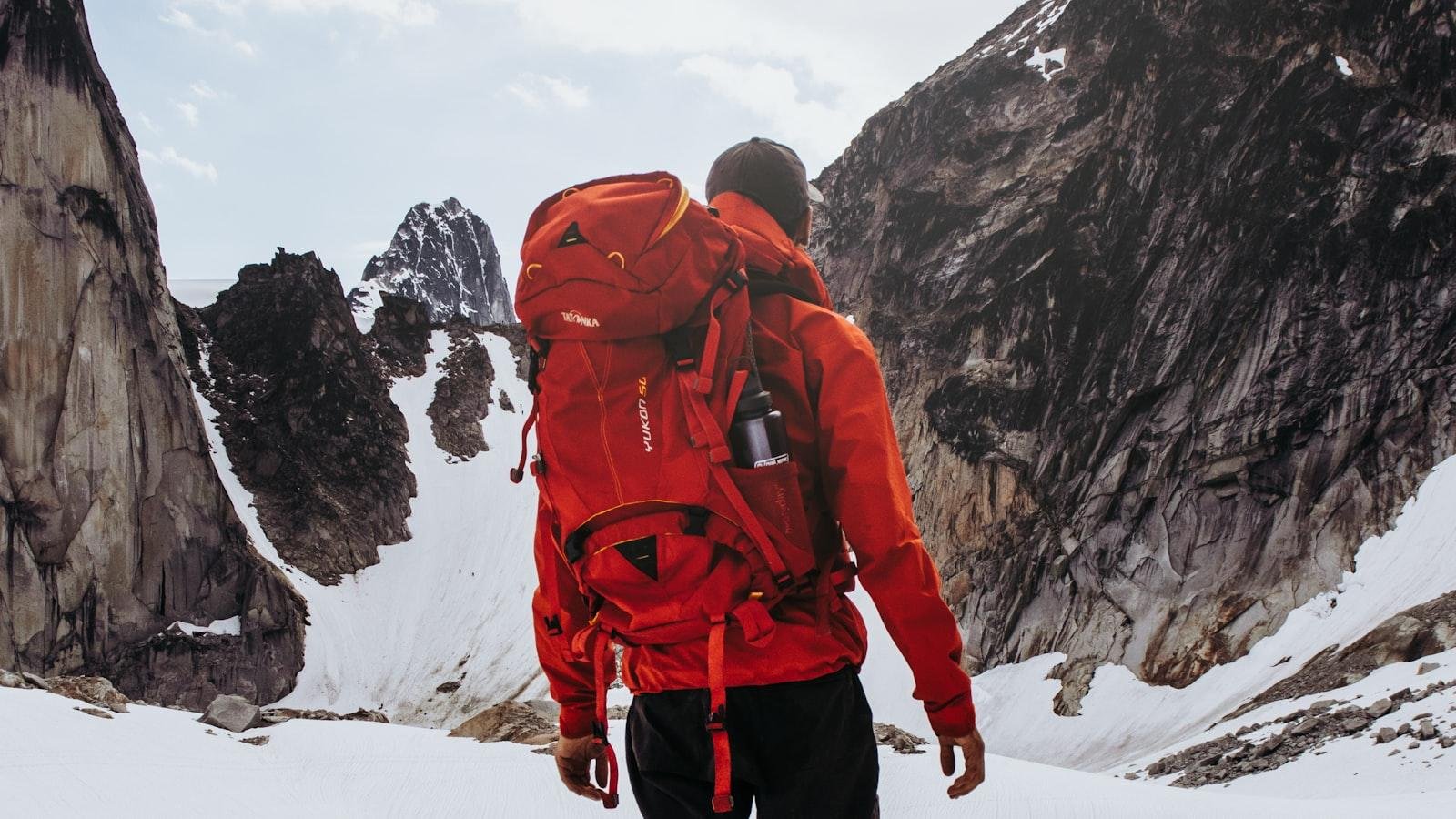Backpacking is a beloved pastime for adventure seekers and outdoor enthusiasts alike. It offers the opportunity to connect with nature while challenging oneself physically and mentally. From serene mountain trails to rugged desert landscapes, backpacking allows individuals to immerse themselves in the beauty of the great outdoors. In this article, we will explore 8 essential tips for a successful backpacking trip, ensuring that you are well-prepared for any adventure that comes your way. Let’s hit the trail and discover the joys of backpacking.
Essential Gear for Backpacking
– A sturdy and comfortable backpack is essential for any backpacking trip. Look for a backpack with padded shoulder straps and a hip belt for added support. Make sure the backpack fits properly and is large enough to carry all your gear.
- Quality hiking boots are another must-have for backpacking. Invest in a pair of boots that provide good ankle support and grip well on different terrains. Don’t forget to break them in before your trip to avoid blisters and discomfort. Additional gear to consider includes a lightweight tent, a sleeping bag rated for the temperatures you’ll encounter, a portable stove for cooking meals, and a water filtration system to ensure access to clean drinking water on the trail. Don’t forget to pack a first aid kit, a headlamp or flashlight, and a map and compass for navigation. With the right gear, your backpacking trip will be safe and enjoyable.

Choosing the Right Backpacking Route
When , there are several factors to consider in order to ensure a successful and enjoyable journey. First and foremost, it is essential to consider your skill level and experience as a backpacker. Select a route that aligns with your abilities, whether you are a novice looking for a beginner-friendly trail or a seasoned backpacker seeking a more challenging adventure.
Additionally, take into account the duration of your trip and the time of year you plan to embark on your backpacking journey. Consider factors such as weather conditions, trail accessibility, and any necessary permits or reservations required for certain routes. Research each potential route thoroughly to ensure it meets your preferences and limitations. Lastly, consult with fellow backpackers, outdoor enthusiasts, or local guides for recommendations and insights on the best backpacking routes in your desired destination.
Safety Tips for Solo Backpacking
When embarking on a solo backpacking adventure, it is essential to prioritize safety above all else. Here are some key tips to help ensure a safe and enjoyable trip:
- Plan Ahead: Research your route, familiarize yourself with the area, and let someone know your itinerary.
- Pack Wisely: Carry essential supplies such as a first aid kit, water purification tablets, and a map. Keep your pack light but don’t skimp on important items.
- Stay Alert: Be aware of your surroundings at all times, especially in remote or unfamiliar locations.
- Trust your Instincts: If something doesn’t feel right, trust your gut and err on the side of caution.
| Tip | Details |
|---|---|
| Emergency Contact | Keep a list of emergency contacts with you at all times. |
| Weather Check | Stay updated on weather forecasts to avoid dangerous conditions. |
By following these safety tips and using common sense, solo backpacking can be a rewarding and unforgettable experience. Remember that your safety is paramount, so always prioritize preparedness and caution on your journey.
Eco-Friendly Practices for Low-Impact Backpacking
When it comes to , there are several strategies that outdoor enthusiasts can implement to minimize their environmental footprint. One key practice is to choose reusable gear and containers to reduce waste generated during your trip. Opt for durable, long-lasting items such as stainless steel water bottles, silicone food containers, and cloth napkins instead of single-use plastic alternatives.
Another eco-friendly approach is to practice Leave No Trace principles while on the trail. This means packing out all of your trash, avoiding cutting switchbacks, and staying on designated paths to protect fragile ecosystems. By respecting the natural environment and minimizing your impact, you can help preserve the beauty of wilderness areas for future generations of backpackers to enjoy.
Concluding Remarks
backpacking is a rewarding and transformative experience that allows individuals to immerse themselves in the beauty of nature, challenge themselves physically and mentally, and create lifelong memories. Whether you are a seasoned backpacker or a beginner, there is always something new to discover and learn while exploring the great outdoors with just a backpack on your shoulders. So, pack your bags, lace up your boots, and hit the trails for an adventure of a lifetime. Happy backpacking!